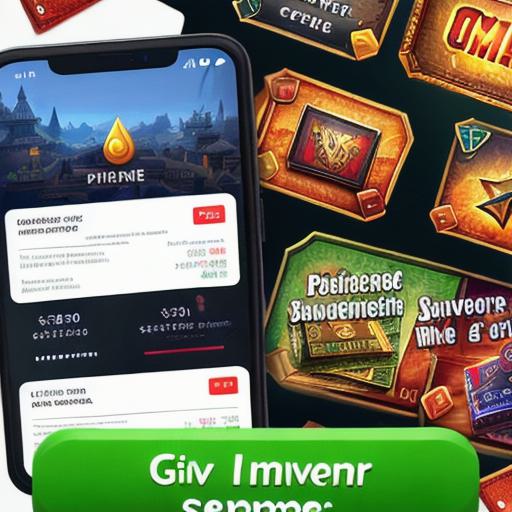Introduction
Hello developers! Today we’ll dive into the world of designing and monetizing freemium mobile games. Freemium, a business model that offers basic content for free while charging for additional premium features or virtual goods, has proven to be incredibly successful in the gaming industry. Let’s explore some best practices to create an engaging and profitable freemium game.
**Understanding Your Audience: Segmentation and Monetization**
Segmentation
To design a successful freemium mobile game, you must first understand your audience. Segment your users based on demographics, behavior, and interests. This data will inform your monetization strategy. For instance, casual gamers may respond best to simple in-app purchases or ads, while hardcore players might prefer subscription models.
Monetization
There are several monetization strategies for freemium mobile games:

- Freemium with In-App Purchases (IAPs): Offer basic content for free, and users can purchase additional features or virtual goods to enhance their gaming experience. Examples include Candy Crush Saga, Clash of Clans, and Coin Master.
- Subscription Models: Offer a freemium version with limited access, then charge monthly or yearly fees for full access. Examples include Netflix, Spotify, and Microsoft’s Xbox Live Gold.

- Advertising: Display ads to generate revenue. This can be done through banner ads, interstitial ads, rewarded videos, or native ads.
- Virtual Currencies: Implement a virtual currency system that lets players buy items or services with real money. Examples include World of Tanks and Star Wars: Galaxy of Heroes.
**Engaging Users: Designing an Effective User Experience**
Game Design
Create an immersive and engaging user experience by designing intuitive interfaces, providing instant feedback, and incorporating social features to keep users engaged.
Rewards System
Design a rewards system that incentivizes players to complete tasks or make purchases. This can include in-game currency, virtual goods, or unlocking new levels or abilities. Examples include King’s Candy Crush Saga and Supercell’s Clash Royale.
Balancing Economy
Balance your game economy to prevent users from becoming frustrated with the grind for resources or feeling that they need to spend money to progress. Use a combination of time-based rewards, in-app purchases, and advertising to keep users engaged without making them feel pressured to spend money.
Conclusion
Designing and monetizing freemium mobile games requires careful planning and understanding of your audience. By segmenting users, employing effective monetization strategies, creating an engaging user experience, and balancing the economy, you can create a successful and profitable game. Use these best practices as a starting point, and don’t hesitate to adapt and iterate based on user feedback and market trends.
